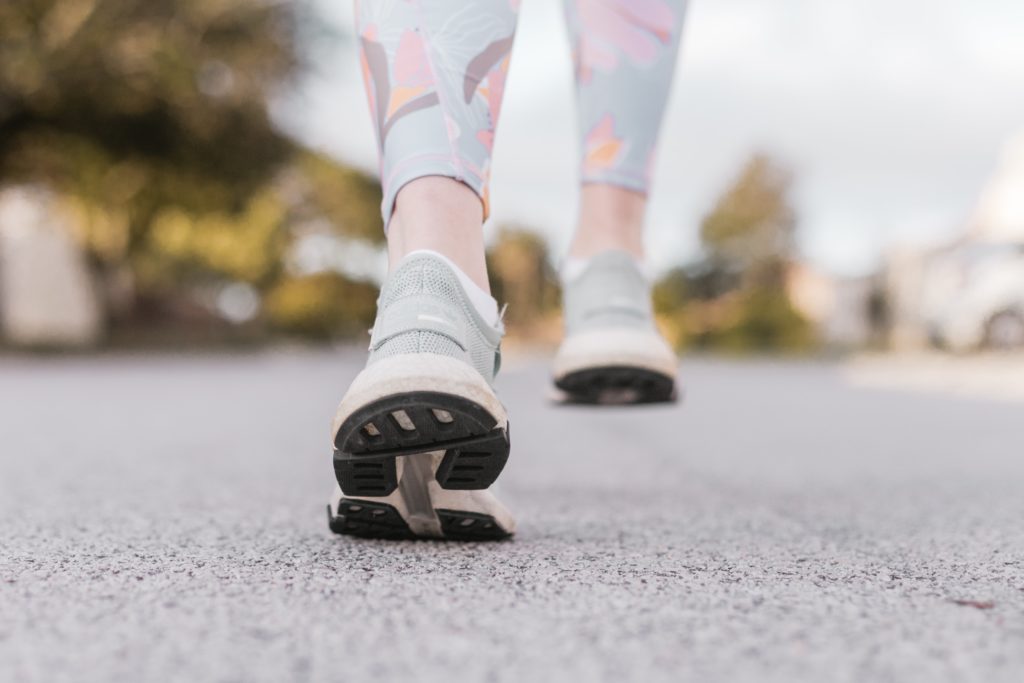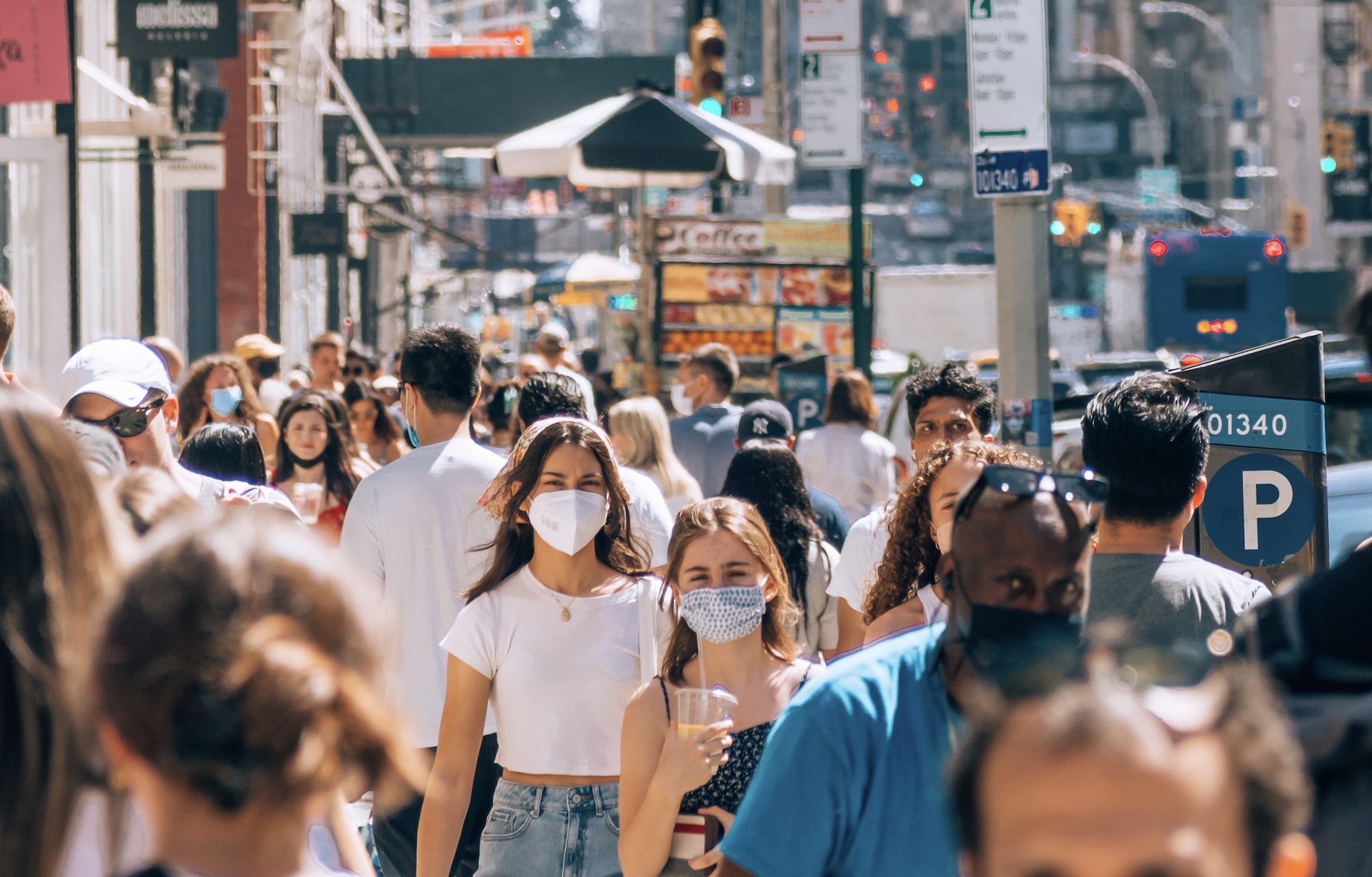Over 10 million Australians have contracted COVID-19 since the outbreak at the beginning of 2020. Odds are, either you or someone you know has had the virus at least once. Even a mild bout of COVID-19 can have a big impact on physical fitness, and long COVID complicates things even more.
While it is important to rest and isolate while you are symptomatic, returning to your exercise plan and routine is key, unless you had severe COVID-19, or experienced any chest pain while positive.
Similar to having an injury, taking a break from exercise while you are unwell can be difficult as you will likely lose some of your fitness and motivation. However, it’s important to remember that having two or three weeks of less activity won’t have any long-term detrimental effects.
Post-viral fatigue caused by the virus is also something you may need to consider as it can last a long time after your symptoms have subsided.
Here are some tips from an Exercise Physiologist about how to ease back into your exercise routine post-COVID.

START SLOW
Don’t jump back into exercise at the same intensity you were doing before you got sick. Start by increasing your everyday activity levels. Housework, light garden tasks and a short walk can be a good starting point. When you do feel ready to get back to your exercise routine, reduce the amount of exercise per session, reduce the amount per week or reduce the weight/speed at which you are training. This is highly individual, and an Exercise Physiologist can help with altering training loads with you.
PROGRESS GRADUALLY
As frustrating as it is, implementing a gradual, slow return to physical activity is the key to progressing. After a week or so of gentle movement, you can try progressing to moderate exercise, such as brisk walking or swimming before levelling up. You might be breathing a bit harder than normal but you shouldn’t be completely out of breath.

KNOW WHEN TO STOP
Shortness of breath, fatigue, exhaustion, racing heart rate are all symptoms that you may experience in your usual exercise routine at higher intensities. What you need to consider is anything that is out of the ordinary for you. If you are noticing you are exhausted with low intensity exercise when it would usually take a lot more to tire you out, then it’s time to lower the intensity and start lighter.
WHAT IF YOU WERE ASYMPTOMATIC
There is no evidence currently to suggest you need to cease or reduce your exercise routine if you had no symptoms. However, it is still important to monitor how you are feeling during and after exercise closely and be alert to signs of intolerance.
For some people it will take weeks to get back to your pre-COVID level of fitness, but others will bounce back quicker. Do what feels right for you and don’t feel that you have to push through. If you need help to start exercising after COVID, speak to one of our experienced Exercise physiologists who can help to guide you through your return to exercise safely. They will assess your capacity and prescribe exercises that are tailored to your individual needs. An Exercise Physiologist can also help to progressively increase your training load in a way that minimises the risk of additional fatigue or a flare in symptoms.

